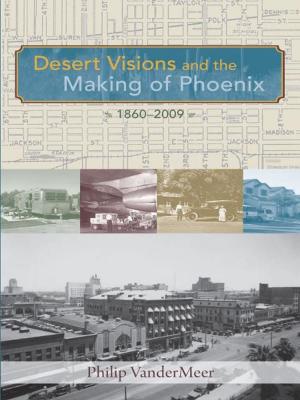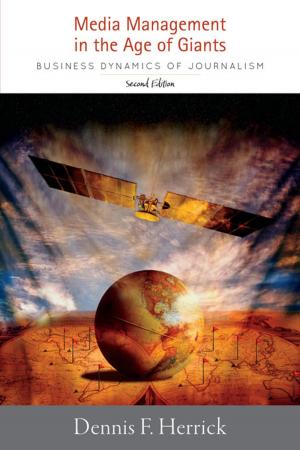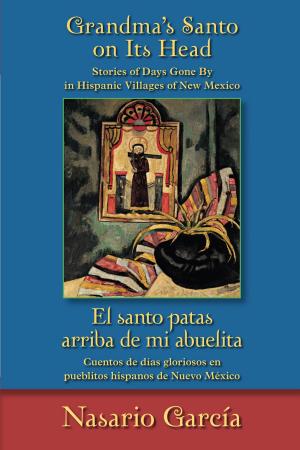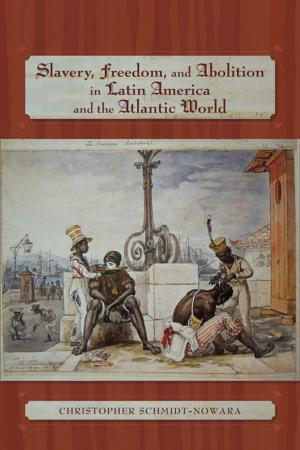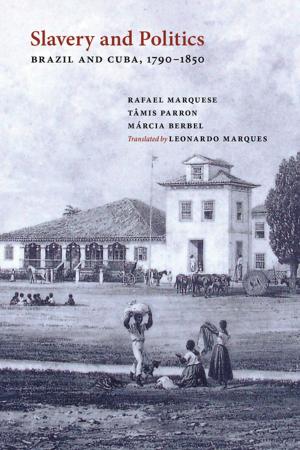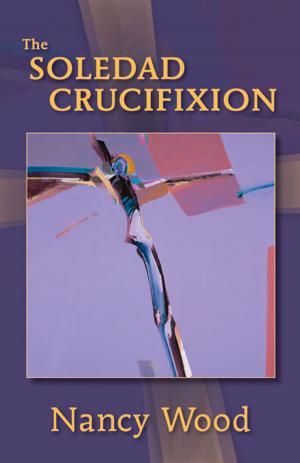Linking Architecture and Education
Sustainable Design for Learning Environments
Nonfiction, Art & Architecture, Architecture, Public, Commercial, or Industrial Buildings| Author: | Anne Taylor, Katherine Enggass | ISBN: | 9780826334091 |
| Publisher: | University of New Mexico Press | Publication: | May 16, 2009 |
| Imprint: | University of New Mexico Press | Language: | English |
| Author: | Anne Taylor, Katherine Enggass |
| ISBN: | 9780826334091 |
| Publisher: | University of New Mexico Press |
| Publication: | May 16, 2009 |
| Imprint: | University of New Mexico Press |
| Language: | English |
For the past forty years Anne Taylor has studied how schools, classrooms, playgrounds, homes, museums, and parks affect children and how they learn. As a result, she has developed a holistic, sustainable philosophy of learning environment design. She argues persuasively that architects must integrate their design knowledge with an understanding of the developmental needs of learners, while at the same time educators, parents, and students must broaden their awareness of the built, natural, and cultural environment to maximize the learning experience. In other words, schools and other environments can themselves become "three-dimensional textbooks." When architects are cognizant of newer models of education and educators view the environment as more than a box in which to teach prescribed lessons, the result is an informed architecture that enables children to discover the power of their own learning.
The book presents numerous examples of dynamic designs that are the result of interdisciplinary understanding of place. Taylor includes designer perspectives, forums derived from commentary by outside contributors involved in school planning, and a wealth of photographs of thoughtful and effective solutions to create learning environments from comprehensive design criteria.
Because the concept of "school" is enlarged to a community campus, the book also spawns a new model of teaching and learning. This book is essential reading for educators, architects, and community members who are anxious to transform education in America and elsewhere.
"Anne Taylor is the most outstanding educator, leading proponent, and practitioner in the three-dimensional textbook field. Her work is the finest resource available for connecting students (young and old) to their learning environments, and visa versa."--Edward E. Kirkbride, NCARB, REFP
"Before Western man divided the universe into discrete subject matter areas, the order in the universe was (and still is) both interdisciplinary and holistic. The branching of trees, spiraling of shells, meandering of streams, and the radial designs of flowers, for example, represent an analogy of mathematics, biology, and art. The current artificial separation of subject matter is in contrast to the way the world is constructed and the way children perceive it. Architecture and the study of the built, natural, and cultural environment synthesize the world of material things and the world of ideas. Further more, it helps us to realize that we are a part of not apart from the environment. This book is a tool and a gift to designers, educators, and students everywhere to assist them in seeing the meaning behind all that we view and use for living on earth. To know our precious relationship to our surroundings is the intent of this book. In this way, life is a work of art and each of us is an artist."--Anne Taylor
For the past forty years Anne Taylor has studied how schools, classrooms, playgrounds, homes, museums, and parks affect children and how they learn. As a result, she has developed a holistic, sustainable philosophy of learning environment design. She argues persuasively that architects must integrate their design knowledge with an understanding of the developmental needs of learners, while at the same time educators, parents, and students must broaden their awareness of the built, natural, and cultural environment to maximize the learning experience. In other words, schools and other environments can themselves become "three-dimensional textbooks." When architects are cognizant of newer models of education and educators view the environment as more than a box in which to teach prescribed lessons, the result is an informed architecture that enables children to discover the power of their own learning.
The book presents numerous examples of dynamic designs that are the result of interdisciplinary understanding of place. Taylor includes designer perspectives, forums derived from commentary by outside contributors involved in school planning, and a wealth of photographs of thoughtful and effective solutions to create learning environments from comprehensive design criteria.
Because the concept of "school" is enlarged to a community campus, the book also spawns a new model of teaching and learning. This book is essential reading for educators, architects, and community members who are anxious to transform education in America and elsewhere.
"Anne Taylor is the most outstanding educator, leading proponent, and practitioner in the three-dimensional textbook field. Her work is the finest resource available for connecting students (young and old) to their learning environments, and visa versa."--Edward E. Kirkbride, NCARB, REFP
"Before Western man divided the universe into discrete subject matter areas, the order in the universe was (and still is) both interdisciplinary and holistic. The branching of trees, spiraling of shells, meandering of streams, and the radial designs of flowers, for example, represent an analogy of mathematics, biology, and art. The current artificial separation of subject matter is in contrast to the way the world is constructed and the way children perceive it. Architecture and the study of the built, natural, and cultural environment synthesize the world of material things and the world of ideas. Further more, it helps us to realize that we are a part of not apart from the environment. This book is a tool and a gift to designers, educators, and students everywhere to assist them in seeing the meaning behind all that we view and use for living on earth. To know our precious relationship to our surroundings is the intent of this book. In this way, life is a work of art and each of us is an artist."--Anne Taylor




